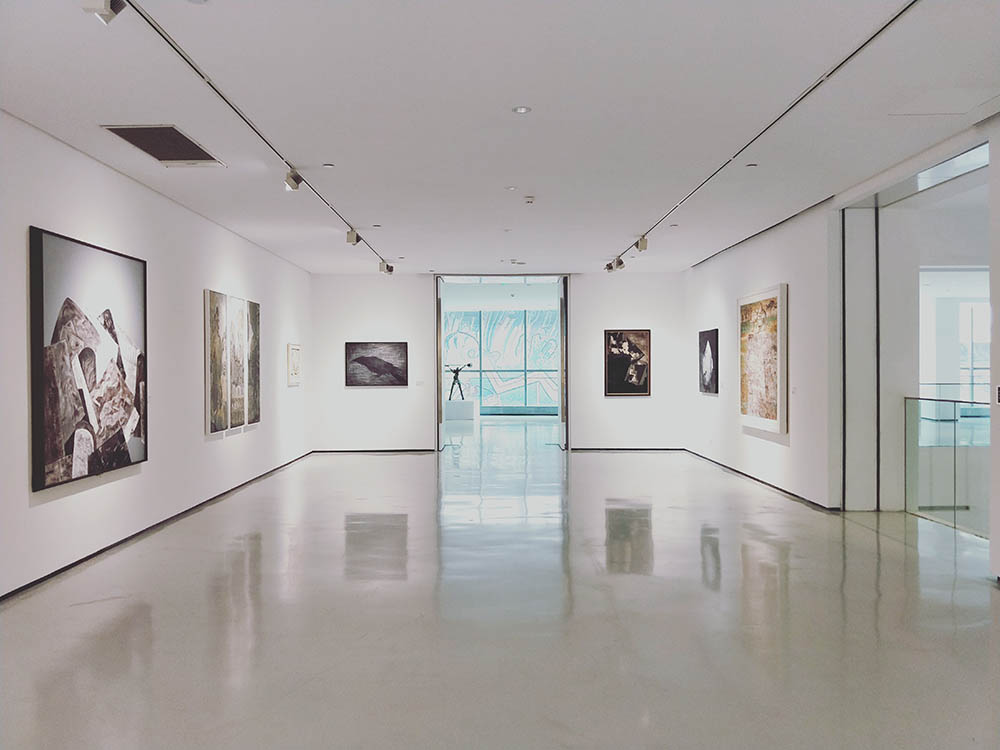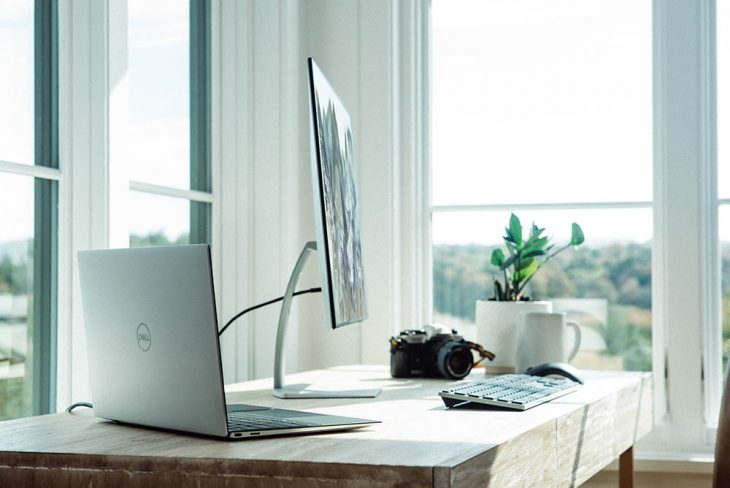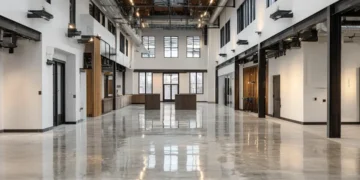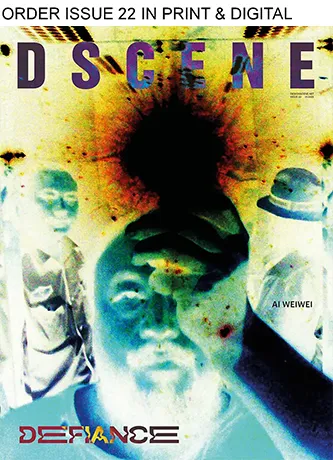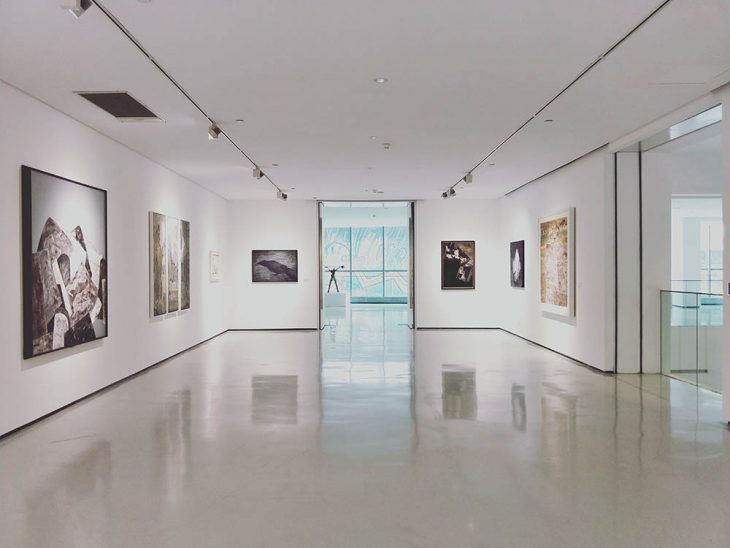
So, you want to be a full-time artist. You want to be the next big name. You have your muse, your ideas, your backstory, and now all you need is the limelight to really let loose and shine. But this is just the tricky part.
Being a full-time artist takes more than just time and commitment. You need passion and ambition and the strongest of mindsets to make something work. You need to be prepared for heartbreak, poverty, and for a lot of rejection. It is no joke that this is a cutthroat industry, and here are two major things that you need to think about to make your dreams a reality.
Turning your passion for art and design into a successful career can be an exciting and rewarding journey. Here’s a roadmap that can help you navigate your way:
-
Identify Your Passion: Find out what you love to do in art and design. Are you drawn to graphic design, illustration, fine art, industrial design, fashion design, or another field? Your passion should be the driving force behind your career.
- Acquire Education: Depending on your specific area of interest, you might need formal education. Many roles in the design world require a bachelor’s degree in the relevant field. Look into art and design programs that align with your career goals. Even if a degree isn’t necessary, learning the principles of design, color theory, and other art fundamentals can be helpful.
- Develop a Strong Portfolio: A well-crafted portfolio is an absolute must. It should showcase your best work and range of skills. Include pieces that show your versatility and creativity. Keep updating it as your skills improve and style evolves.
- Master Necessary Tools: Be familiar with the tools of the trade. For example, graphic designers often use software like Adobe Photoshop, Illustrator, and InDesign. Learning how to use these tools proficiently will greatly enhance your marketability.
- Networking: Attend industry events, exhibitions, and seminars. Join online communities and engage with other artists and designers. This can lead to collaborative projects, job opportunities, and valuable feedback on your work.
- Gain Experience: Apply for internships, freelance jobs, or other opportunities in your field. This will not only make your resume more impressive but also give you hands-on experience and expose you to different projects and styles.
- Continually Learn and Adapt: The design world is dynamic, with trends changing rapidly. Stay updated on industry changes and continue to develop your skills. Attend workshops, webinars, or courses that can help you stay ahead.
-
Patience and Persistence: Success will not happen overnight. Keep creating, keep improving, and keep pushing. It may take time, but your dedication and perseverance will pay off in the end.

You need to think about your finances – namely, your credit score
As a starter artist, you will be wholly reliant on your credit score to get you places. You need a good credit score to help you find a good workshop to hire out, to help you with your credit cards, and get your money on track. An often overlooked aspect of launching a career in the arts is financial planning. Save money, create a budget, and perhaps keep a part-time job until your art career can fully sustain you. Understand that the road might be bumpy at first, but with proper planning, you can maintain financial stability. Along the way, you can use apps for free credit score monitoring to keep track of your score.
It can be the golden key to getting up and running for some artists. If you’re a bit tight on money, you might want to consider taking out a personal loan. If you want to pay down your loan balances and reduce the stress of multiple bills, a debt consolidation loan could be the answer.
Here are some ways you might boost your credit score:
- Pay your bills on time if you rent or pay a mortgage
- Spend a little on your credit card, but often, so you keep your credit use rate below around 30%. Be sure to pay back the bill in full every month
- See if you are entitled to a credit score boost. This can be a useful little nudge and can get you over a threshold to get you a better card or deal
If you’re going to use a credit card anyway, it’s recommended that you use a card that offers you cashback on your purchases. For example, using the Citi AT&T Points Plus card allows you to get money back for eligible purchases, allowing your money to go further.
Take your social media to the next level
Your social media is the first place people will look for your work. If they see you have an exhibition on, they are going to want to see what you might have in store to see if it’s worth their time. It’s one of your key selling points, so you have to make sure your portfolio is immaculate. If you find yourself communicating with others in a different language, consider using various translation tools for all of your translation service needs.
Whether you choose to go with a theme or a pattern or to just go all-out crazy, the best thing you can do is treat it as a portfolio and make sure your website matches up well too.
Don’t flood it with images all at once; slowly build it up. Add work in progress posts if you feel that it would help boost interest. Utilize social media platforms, art forums, and websites to showcase your work. You could even create your own website or blog. The more exposure you get, the more chances you have of being noticed by potential clients or employers.
This can make a big change when it comes to who will take an interest in your work, so it might also be a good idea to get a professional photoshoot of your work. This way, you can build an association with others in the industry and make your artistry more noticeable by potential investors and dealers. Remember, everyone’s path in the art and design world is unique. Embrace the journey and enjoy the process of turning your passion into a career.
